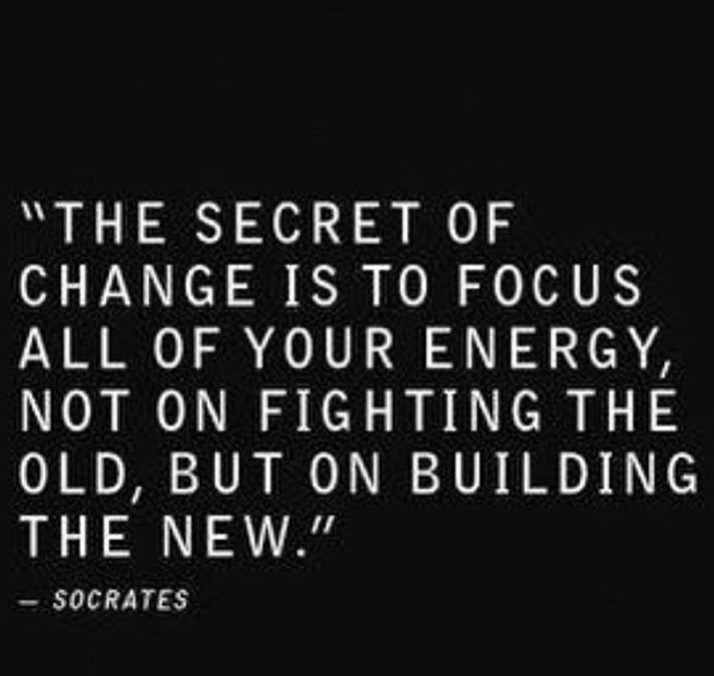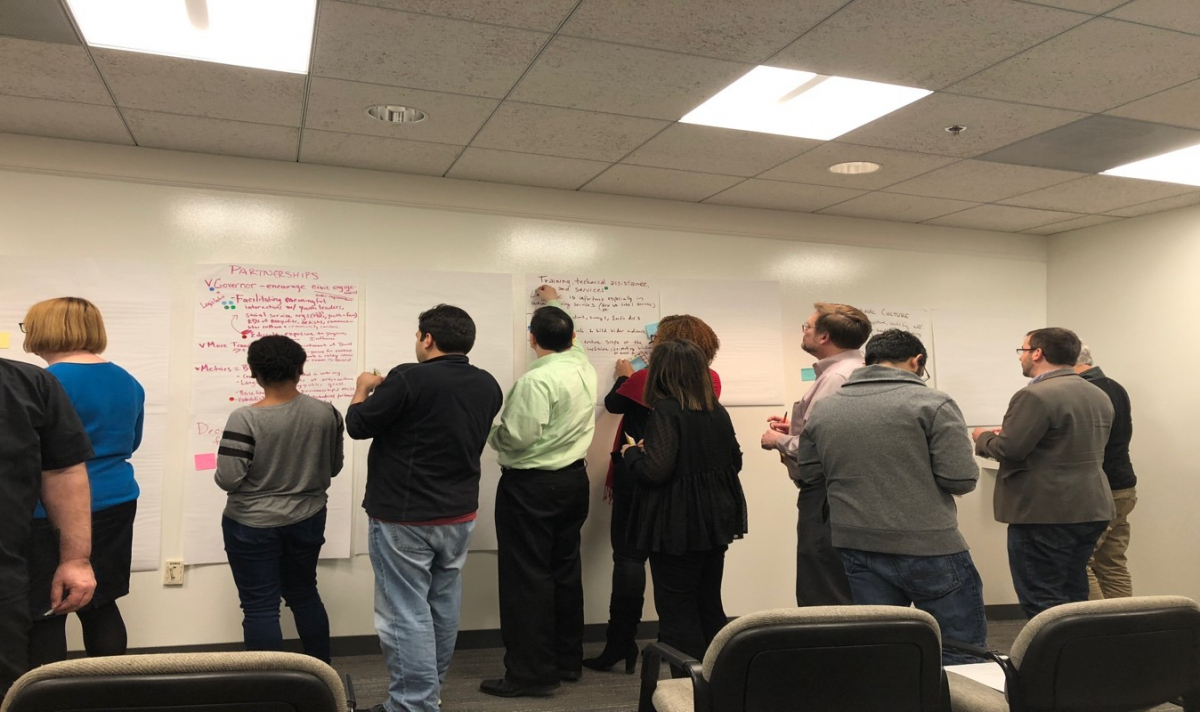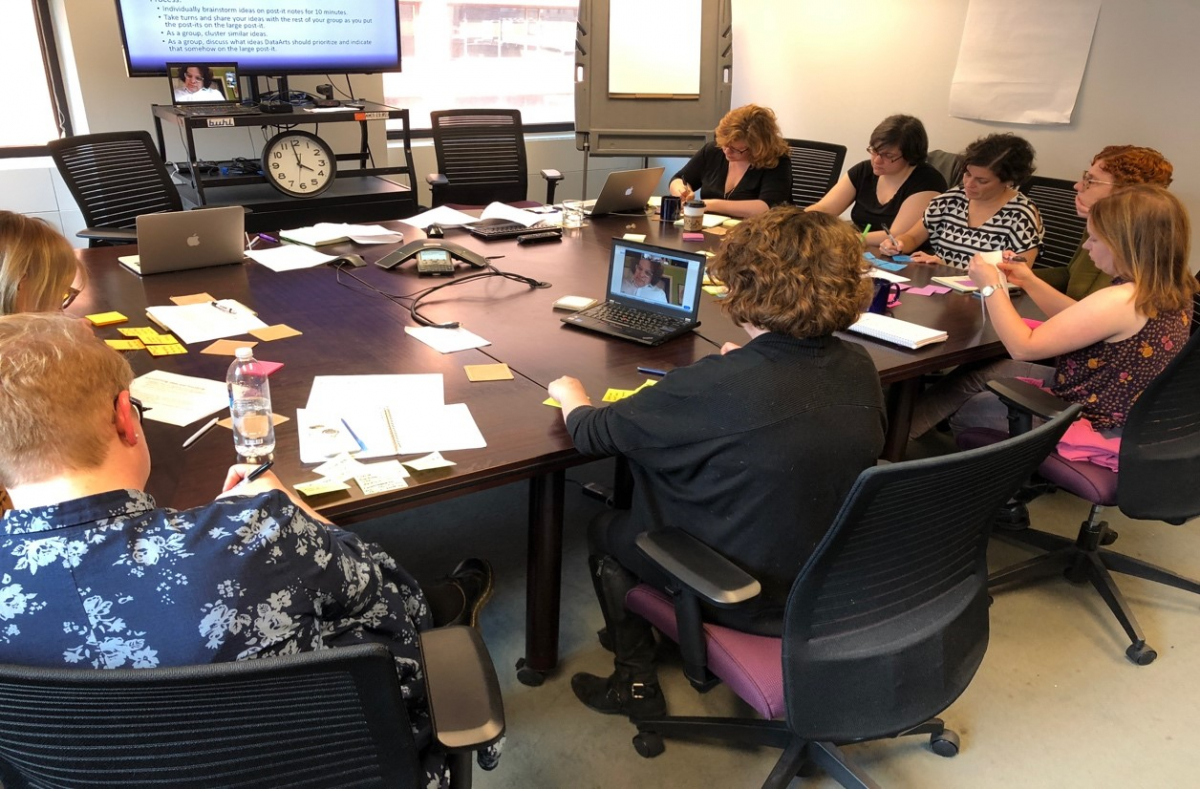Real Change Requires a Dismantling of Old Norms
Posted by Dec 04, 2018

Ms. Alison T. McNeil
Have you ever set a goal to make a change? For the sake of this example, let’s say you want to lose weight. Maybe you have set this new goal because you want to fit into a new dress in three months. Maybe you are doing it because of a weight-loss fad.

Never mind the reason—you’ve made this decision to change and spoken this wish to the universe, so now you must do the good work to make it so. You purchase new workout gear, clean out your cabinets of junk food, you even hire a personal trainer—all of this to help you lose weight. But you’ve not lost any weight. Why?
Perhaps it’s because you’ve actively attacked only the surface of what it means to achieve sustainable weight loss. You throw out all your junk food, but every time you go out to lunch you eat a bag of chips; you meet with the personal trainer, but don’t schedule any other time to go to the gym; you tell your friends that you are trying to lose weight, but you never step on a scale.
Before you attack the surface, you must determine for yourself what you are willing to sacrifice to create your desired change, recognizing that perpetuating the same behavior—even if you claim a desire for a different outcome—is ultimately BS. This means acknowledging that sustainable weight loss is not just a surface change, but a lifestyle change that requires regular effort, ongoing tweaks, and consistent reflection. Sometimes it really means that you entered into this endeavor believing that external forces would create your desired change. We must disrupt all norms (internal and external) in our heart, mind, behavior, and the structures that exist within in order to create the change we want to see.
If you haven’t yet been able to tell, I’m using weight loss as a metaphor for how many arts organizations approach change efforts: they operate on the surface with small adjustments to tactics or processes and encounter some of the same self-defeating results. In my career, I’ve observed this reality emerge among many different types of arts organizations. Maybe an organization is trying to improve their operations, or prioritize diversity, equity and inclusion, or consider how/if they can ensure that their impact is aligned with their mission, or effect systemic change. The common theme in most of these change efforts is that tactical strategies don’t yield transformational and sustainable results.
When an arts organization reaches out to me via McNeil Creative Enterprises, or my business partners with Third Eye Cultural Collaborative, they’ve recognized that they need an objective eye, a Third Eye (wink), to help them see what they might not be able to see for themselves.

So how do we do it? What needs to be true? First, it’s important to examine what is at the core of the issues. We—I say “we” because we are now partners in this journey—do this only after committing to a process that’s built on shared agreements, that prioritizes intellectual curiosity, trust, patience, compassion, and transparency. It’s work that doesn’t happen overnight, because our issues and/or challenges don’t happen overnight. Instead, we acknowledge that we are working on a lifestyle shift and a change in organizational culture, a dismantling of systems—and changes in lifestyle and organizational culture happen over time with constant vigilance to the big goal, and recalibration along the way.
 What’s also true is that when I decide to work with artists or arts organizations, we are both willing to have frank discussions about their deficiencies and what is working. Then, the work is to identify the blind spots. And because it’s important that we’ve built trust, we believe that the bumps that come along the journey, the tough conversations that might need to take place, are all for the greater good. That is what creates change—that is why when we leave an engagement with you, you begin to reflect on your own about past deficiencies or call yourself out before your journey down a familiar path. When prompts for change become your natural inclination, we’ve done our work. In the end, we are all better for it. I sit in gratitude for the organizations that have willingly taken the journey with me, my Third Eye partners, or any of the endeavors that I’ve launched thus far. Each journey is designed to affect the hearts, minds, behaviors, and structures of the old normal.
What’s also true is that when I decide to work with artists or arts organizations, we are both willing to have frank discussions about their deficiencies and what is working. Then, the work is to identify the blind spots. And because it’s important that we’ve built trust, we believe that the bumps that come along the journey, the tough conversations that might need to take place, are all for the greater good. That is what creates change—that is why when we leave an engagement with you, you begin to reflect on your own about past deficiencies or call yourself out before your journey down a familiar path. When prompts for change become your natural inclination, we’ve done our work. In the end, we are all better for it. I sit in gratitude for the organizations that have willingly taken the journey with me, my Third Eye partners, or any of the endeavors that I’ve launched thus far. Each journey is designed to affect the hearts, minds, behaviors, and structures of the old normal.
What should be prioritized when working with organizations to embrace a systems-change mindset?
- Invite varied perspectives to the table to be a part of the planning process.
- Be honest about how our current systems perpetuate racial and systemic oppression that benefits some and dismisses others.
- Seek to build alliances through trust by truth-speaking, holding each other’s feet to the fire.
- Create shared agreements that are informed by diverse opinions, yet aligned with the desire to create meaningful, sustainable change.
- Manage expectations on the time and length of the change process. Our current system took decades to build; seeking sustainable change takes time, but can be orchestrated thoughtfully.
- Be clear on who you are and who you aren’t, and create language that explores and stands firm in that.
So, I ask you: what do you do when you are ready to create change?






